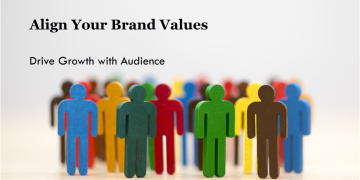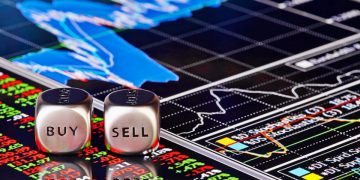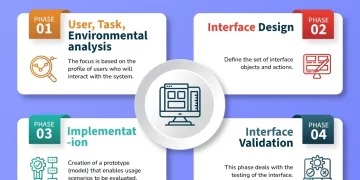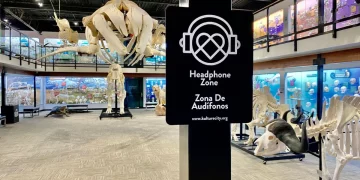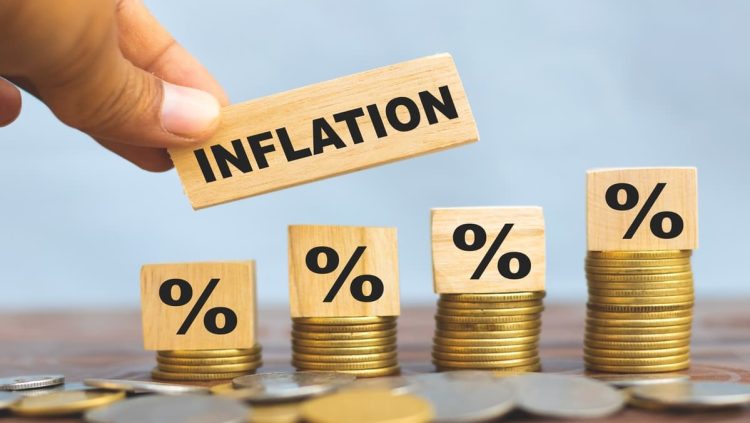Rising prices, commonly referred to as inflation, are one of the most closely watched indicators of economic health. But what do these price increases really signify? Do they indicate that the economy is booming or struggling? The answer depends on the context in which these price shifts occur, and the way policymakers and markets react to them. Understanding the relationship between rising prices and the overall health of an economy requires a nuanced approach. In this article, we will explore the causes and effects of rising prices, how they reflect economic conditions, and what they mean for businesses, consumers, and governments.
Inflation: The Basics
Inflation is the rate at which the general level of prices for goods and services rises, leading to a decrease in purchasing power. When inflation is low and stable, it signals that the economy is functioning smoothly, with steady demand for products and services. However, when inflation spikes, it can signal that something has gone awry in the economy, potentially undermining the purchasing power of money, affecting consumer confidence, and leading to shifts in economic policy.
Inflation is often measured using consumer price indices (CPI), which track the prices of a representative basket of goods and services that households typically purchase. There are different types of inflation, and each gives us different insights into the economic landscape:
- Demand-Pull Inflation: Occurs when demand for goods and services outpaces supply, leading businesses to raise prices.
- Cost-Push Inflation: Happens when the cost of production rises (due to higher wages or more expensive raw materials), which results in higher prices for consumers.
- Built-In Inflation: Often called wage-price inflation, this is driven by the expectation that prices will rise, leading workers to demand higher wages, which in turn increases production costs and perpetuates the cycle.
In general, moderate inflation is considered a sign of a healthy, growing economy, while extreme inflation (hyperinflation) or deflation can signal deep economic trouble.
What Rising Prices Can Tell Us About the Economy
1. Economic Growth
Rising prices can be a sign of economic growth, particularly when they occur in a context of expanding demand. When businesses are busy and consumers are spending more, demand for goods and services increases. If businesses cannot keep up with the demand, they may raise prices to balance the supply and demand equation. This type of inflation is usually associated with periods of economic expansion.
For example, during a strong economic recovery, consumers feel more confident, spend more, and invest more in the economy. This surge in spending can drive up demand, causing businesses to raise prices, resulting in inflation. The key here is that rising prices in such an environment reflect increased economic activity, and are often a signal that the economy is operating at or near its potential.
However, it’s important to note that if inflation becomes too high too quickly, it could be a warning sign of an overheated economy. When demand exceeds supply for too long, it can lead to unsustainable price growth and a potential economic collapse.
2. Supply Chain Disruptions
Rising prices can also indicate supply-side problems. When production costs increase or supply chains are disrupted, businesses often pass those higher costs on to consumers. This type of inflation is called cost-push inflation.
Supply chain issues can arise from a variety of factors, including natural disasters, geopolitical events, or pandemics like COVID-19, which disrupted global supply chains for months, leading to shortages of essential goods. When the supply of goods and services is constrained, and demand remains steady, prices naturally rise.

For example, the global chip shortage in 2021 led to rising prices in technology products like smartphones and cars. The same dynamic occurred with energy prices, particularly oil, when geopolitical instability or changes in global demand led to price spikes.
3. The Labor Market and Wage Growth
Wages are a critical driver of inflation. If wages rise faster than productivity, businesses face higher labor costs, and in turn, pass these costs onto consumers in the form of higher prices. This type of inflation is known as wage-price inflation.
Wage growth is often a sign of a tight labor market, where businesses are competing for workers, and employees have the bargaining power to demand higher pay. While wage increases can benefit workers, if wages rise too quickly without a corresponding increase in productivity, it can lead to inflationary pressures.
A key indicator to watch is the Phillips Curve, which illustrates the inverse relationship between unemployment and inflation. When unemployment is low and the economy is strong, inflation tends to rise as employers increase wages to attract workers. However, if wages rise too fast, it can lead to a vicious cycle of rising wages and prices, which may be difficult to control.
4. Monetary Policy and Central Bank Actions
One of the most significant drivers of inflation is the monetary policy enacted by a country’s central bank. When central banks, like the U.S. Federal Reserve or the European Central Bank, increase the money supply or lower interest rates, it can stimulate demand and potentially cause inflation. Conversely, when central banks tighten monetary policy by raising interest rates or reducing the money supply, it can cool down inflation.
The central bank’s primary mandate is to ensure price stability, so it will often intervene when inflation becomes too high or too low. A rise in prices can indicate that the central bank may need to adjust its policies. For example, if inflation is accelerating rapidly, a central bank might raise interest rates to discourage borrowing and spending, thereby slowing down the economy and curbing inflation.
5. The Role of Expectations
People’s expectations about future inflation also play a key role in driving prices up. If consumers and businesses expect prices to rise in the future, they may act in ways that contribute to inflation. For example, if workers expect higher inflation, they may demand higher wages to maintain their purchasing power. In turn, businesses may raise prices in anticipation of higher labor costs.
This kind of inflation, driven by expectations, can become self-fulfilling, leading to a cycle of rising wages and prices. Central banks closely monitor inflation expectations, as they can significantly influence actual inflation. If inflation expectations become entrenched, it may be harder to bring inflation back under control without causing a recession.
Consequences of Rising Prices
While moderate inflation can be a sign of a healthy economy, excessive inflation or rising prices can have several negative consequences:
1. Erosion of Purchasing Power
The most immediate consequence of rising prices is the erosion of purchasing power. As prices go up, the value of money goes down, meaning consumers can buy fewer goods and services with the same amount of money. This is especially problematic for those with fixed incomes, such as retirees, who find that their savings are no longer enough to cover their basic expenses.
2. Impact on Investment
High inflation can create uncertainty in the financial markets. When prices are rising rapidly, it becomes difficult to predict future costs and returns, which can discourage long-term investment. Businesses may delay or reduce investment in new projects, and consumers may become more hesitant to make major purchases, particularly those that require financing.
3. Wage-Price Spirals
If wages and prices continue to chase each other upwards, it can lead to a wage-price spiral, where inflation feeds on itself. This can be particularly damaging in an environment where businesses struggle to keep up with rising costs, potentially leading to layoffs, reduced business investment, and slower economic growth.
4. Interest Rate Increases

Central banks often respond to rising inflation by increasing interest rates. Higher rates can lead to higher borrowing costs for consumers and businesses, which can reduce spending and investment. For example, mortgage rates, car loan rates, and credit card interest rates may rise, making it more expensive for households to finance major purchases.
5. Economic Recession
If inflation rises too rapidly and the central bank raises interest rates too aggressively, it can lead to an economic slowdown or even a recession. Higher borrowing costs and lower consumer spending can reduce demand for goods and services, leading to layoffs and reduced business activity. If inflation remains unchecked, the economy can enter a period of stagflation—where high inflation and high unemployment occur simultaneously.
Managing Rising Prices: The Role of Policymakers
Policymakers, especially central banks and governments, play a crucial role in managing inflation and ensuring the stability of the economy. Some of the key tools they use to manage rising prices include:
- Monetary Policy: Central banks adjust interest rates and the money supply to control inflation. By raising interest rates, they can cool down an overheating economy and reduce inflationary pressures. Conversely, lowering rates can stimulate demand and encourage spending.
- Fiscal Policy: Governments can adjust their spending and tax policies to influence demand in the economy. For example, reducing government spending or increasing taxes can help reduce demand, which can alleviate inflationary pressures.
- Supply-Side Reforms: Governments may also focus on improving productivity and reducing costs in the economy, such as by investing in infrastructure or cutting unnecessary regulations that increase the cost of doing business.
Conclusion
Rising prices, while often a sign of inflation, are not necessarily a bad thing for an economy. In moderation, inflation reflects economic growth and healthy demand for goods and services. However, when prices rise too quickly, it can signal underlying problems, such as supply chain disruptions, wage-price spirals, or excessive monetary stimulus. Policymakers must carefully balance growth and price stability to maintain a robust and sustainable economy. Understanding the different factors that contribute to rising prices helps us make sense of the economic landscape and provides valuable insights into the health of the economy.








